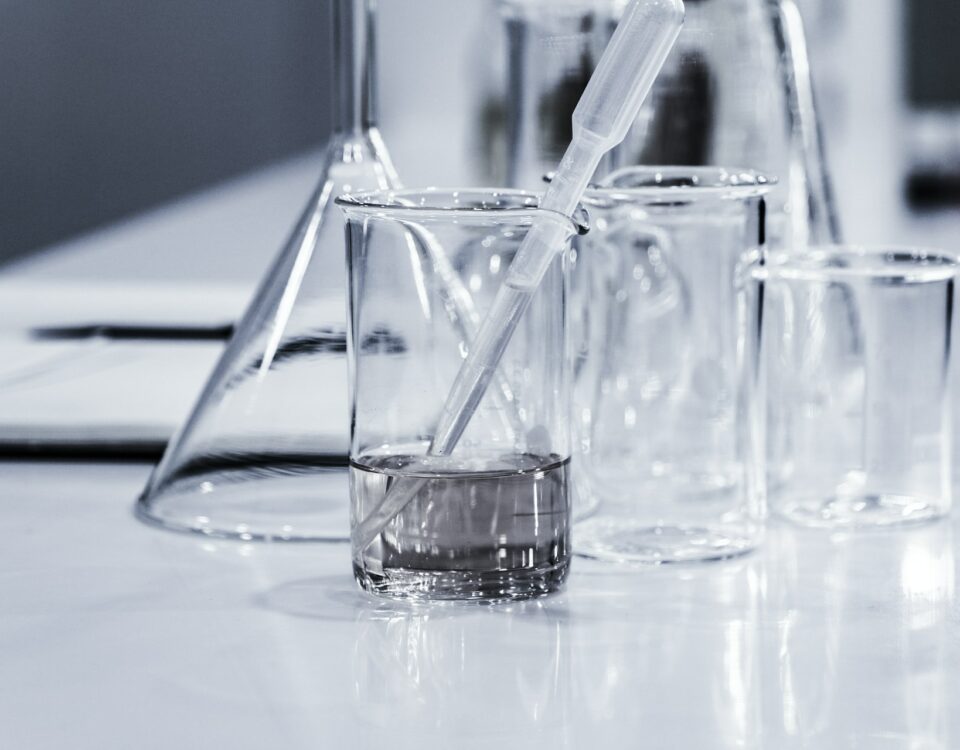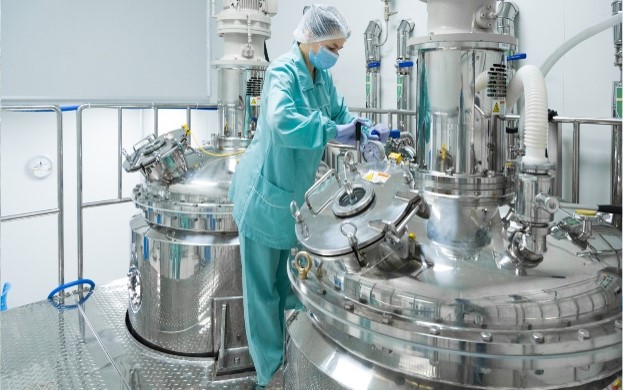Cleaning Innerlayers
The trend to finer lines and spaces continues to challenge processors of innerlayer material. With thinner core laminate and thinner copper foil, mechanical cleaning — the cleaning method of choice for years — is no longer an option.
Dry film photoresists will have trouble conforming to grooves and gouges left by pumice, creating the potential for reduced line width or shorts after etching. Mechanical cleaning can also cause distortion of the layers, and the layers can be creased and crumpled in the machine, creating scrap. Chemical cleaning eliminates these problems, maintains the dimensional stability of thin core layers and has become the standard process at many shops.
There are several types of cleaning that must take place during innerlayer processing. The first is to remove the chromate conversion coating from the copper foil. Acid organic cleaners work well for this application, along with handling soils and fingerprints in preparation for photoresist lamination.
RBP Layer Clean CR is an acidic, organic, water-soluble cleaner containing ingredients specifically designed for cleaning innerlayers. It is very effective for removing the chromate conversion coating prior to resist lamination. Its non-chloride formulation offers an advantage in waste treatment.
Chloride-based cleaners form copper complexes that need special treatment; Layer Cleaner CR can go directly to a standard ion exchange column for treatment. When used on drum side treated foils, Layer Cleaner CR provides effective cleaning of the foil, and since no microetch is needed, the cost of the cleaning process is significantly reduced. For use in spray or soak applications, it is effective at removing handling soils and tarnish and rinses easily with warm water.
Following this cleaner, most photoresist manufacturers recommend a 20 to 40 microinch microetch before resist lamination. This enhances resist adhesion by creating an increased surface area.
RBP Quantum Etch, a stabilized peroxide solution, provides a consistent and controllable etch rate throughout the life of the bath. When compared to sodium persulfate, it offers a significantly higher capacity, as well as a reduced need for waste treatment.
A second process where innerlayers require cleaning is prior to oxide treatment. Proper cleaning of the copper removes organic and inorganic contamination, such as resist residues and tarnish, and is critical to ensuring that the oxide coating formed is consistent and uniform.
Cleaning is especially important with lighter oxide and oxide replacement systems. Fingerprints, tarnish and resist residues must be removed to allow the surface treatment to form. Ultraclean NF is an alkaline soak cleaner that has the capability to ensure that the cleaning process is effective.
Another cleaning issue for innerlayer processing comes with the increased popularity of double treated (DT) foil. The use of this foil eliminates the oxide treatment process and reduces the need for cleaning prior to photoresist lamination. However, it is still important to ensure that the material is free of contaminants before lamination with a thorough cleaning.
DT copper foil must be cleaned with an alkaline based cleaner. Copper foil manufacturers caution against using an acid cleaner as it can attack the DT surface, which will affect lamination peel strength. For effective removal of organic contaminants use alkaline cleaners such as Ultraclean NF for spray or soak applications, respectively.
To ensure cleanliness and the removal of the chromate conversion coating, a test using ammonium sulfide solution can be done to evaluate the effectiveness of the cleaning process on the copper foil surface before further processing. For additional information on this test, contact an RBP technical service representative.
Chemical cleaning of inner layers produces consistent results and allows the process to be conveyorized for more control, greater efficiency and higher throughput.



